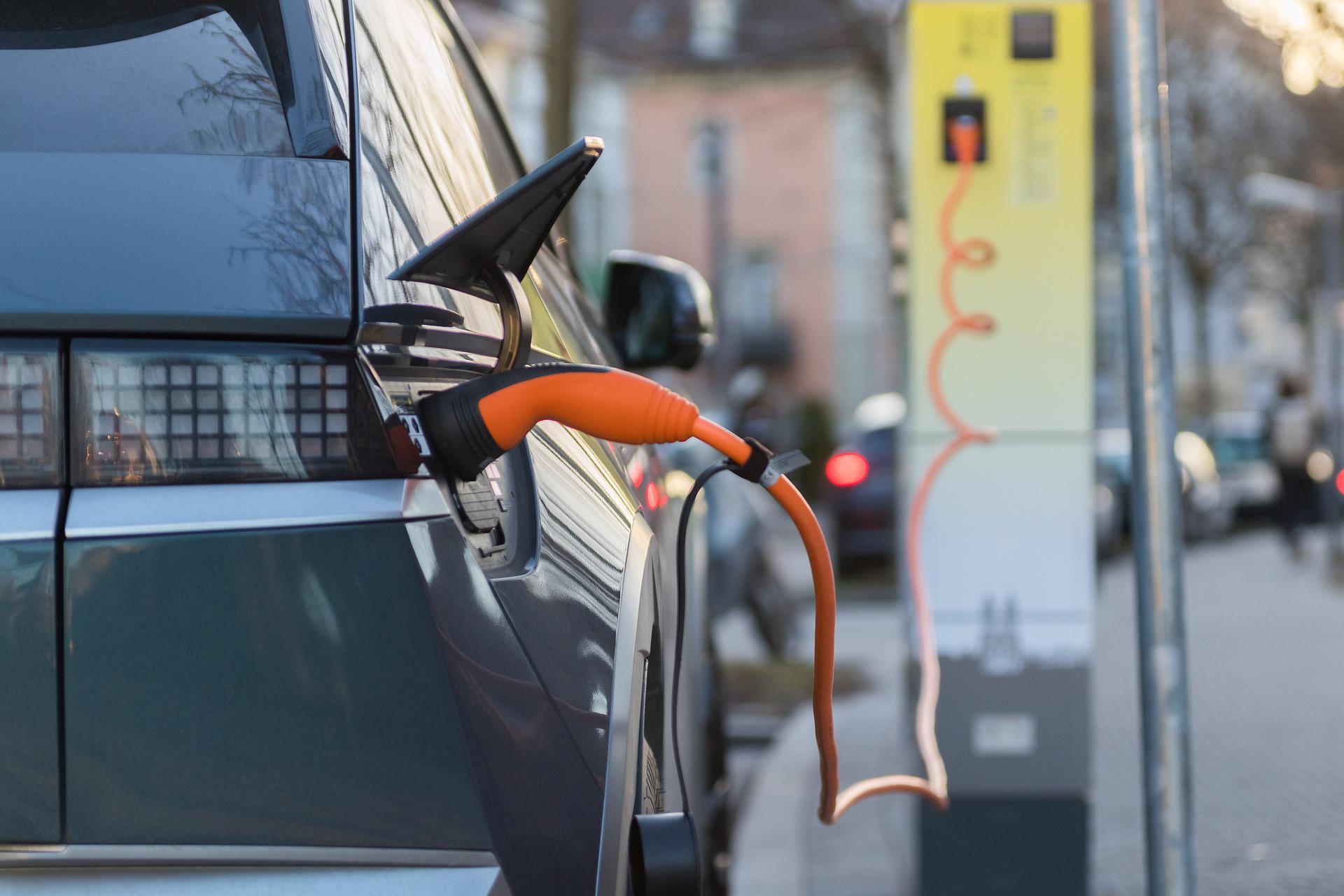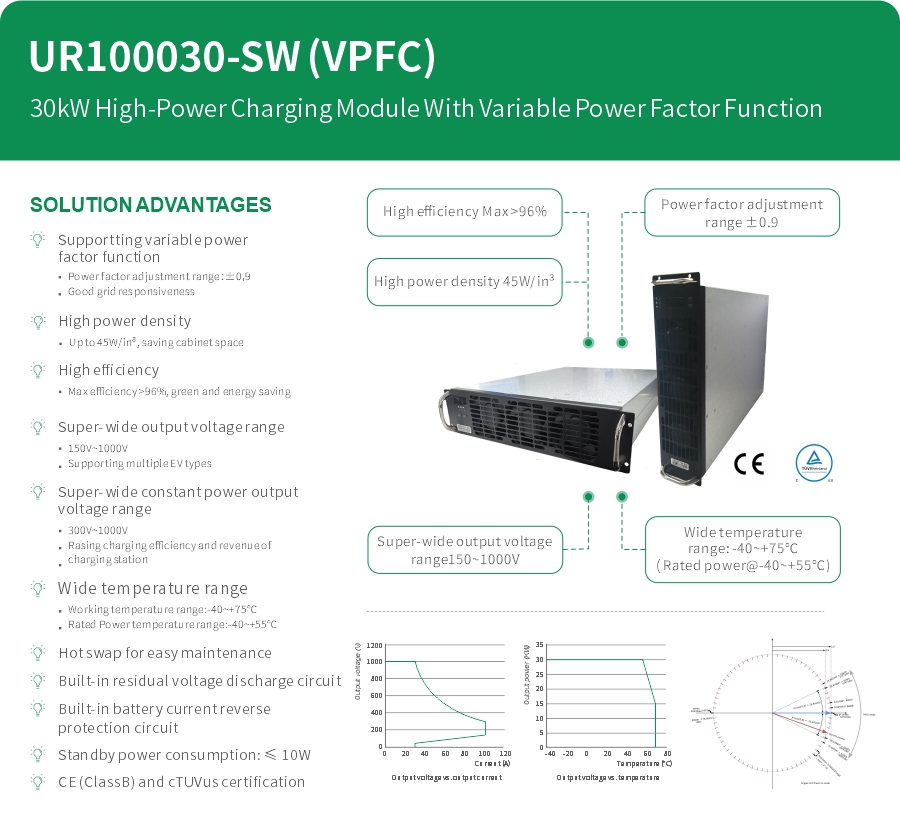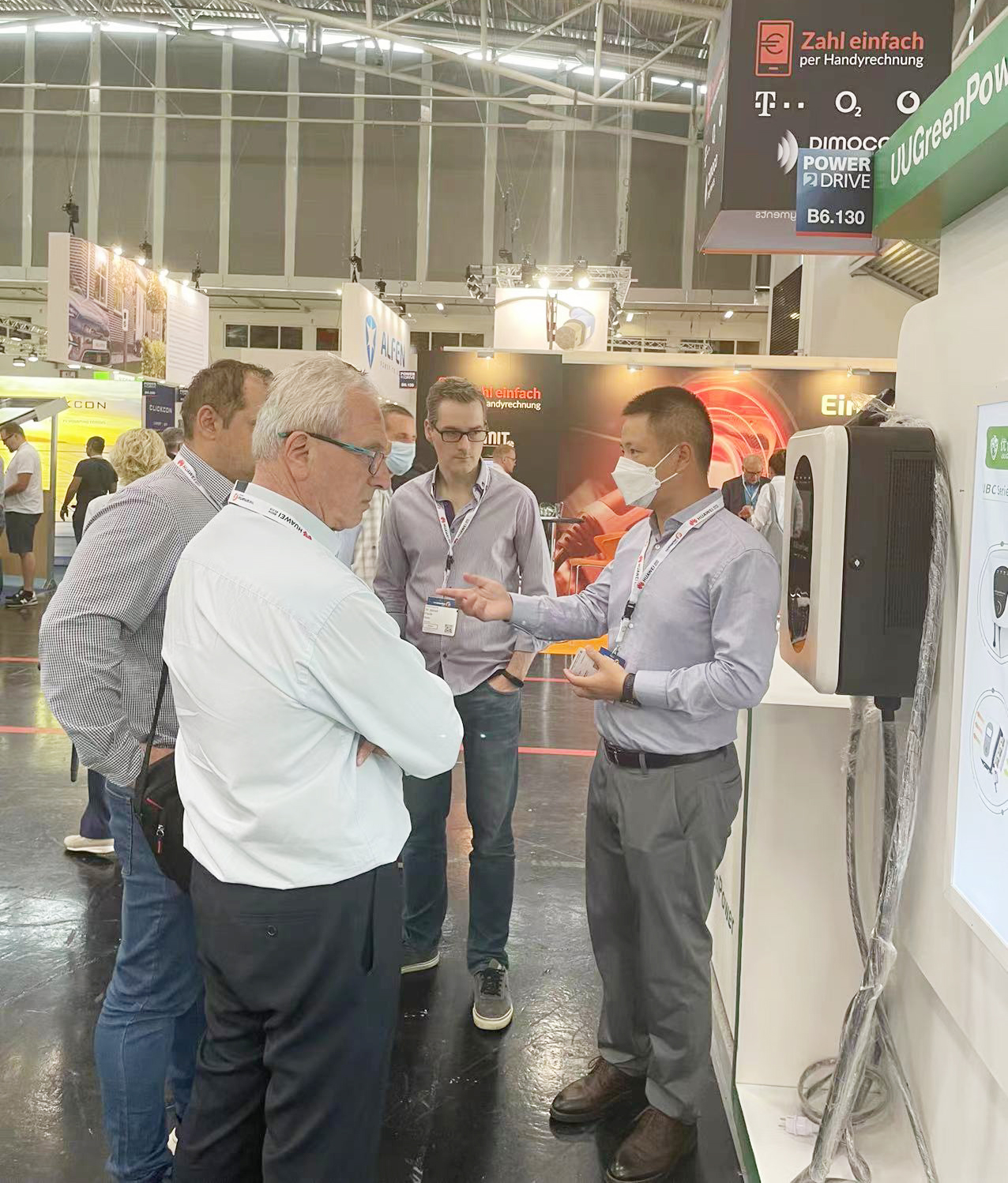2022-09-27
UUGreenPower
2597
In the broader context of global energy transition and carbon neutrality, the development of NEV is in full swing. Especially in terms of EV, many countries have accelerated the pace of transformation. Besides China, EU countries have also made great progress in new energy vehicle development planning and business practices, and EU countries also attach great importance to the relationship between new energy charging technology and smart grid systems.
1. Charging pile market demand thrives as EV sales in Europe soars
In 2021, global sales of NEV (passenger cars) surged by 108% to nearly 6.5 million. And Europe accounted for more than 1/3 of that sales, with a growth rate of more than 66.4% to 2.27 million units.
And German topped Europe NEV sales with a growth rate of 72.7% year to year to 690,100. According to the prediction made by the Europe Electricity Industry League, the EV on European roads by 2035 may reach 130 million. So not only Germany, the entire Europe region has strong demand for charging piles.
Up until now, there is a total of 330 million EV on the road of Europe. And by 2035, 9 million public charging piles and 56 million home charging piles, totaling 65 million EV charging piles, will be needed to meet the charging demand of the rapidly growing pure EV.
2. New charging piles bring along opportunity for the efficient operation of Europe electricity system
To guarantee efficient operation of the grid, VDE Testing and Certification Institute in Offenbach, Germany officially released VDA-AR-N 4100 standard (which has been enforced to obey in Germany nationwide), and made detailed requirements for the charging devices in chapter 10.6 of the standard.
10.6.3 requirements for power factor correction and reactive power correction;
10.6.4 requirements for active power correction;
10.6.5 active power responses under over-frequency/under-frequency (reference for energy storage equipment and V2G);
10.6.6 requirements for dynamic grid support (under discharging mode, like V2G)
The standard specifies that charging devices need to be equipped with grid power factor correction. So NEV enterprises and charging device enterprises in the users’ side have to meet the demand of the grid flexibility and response to improve the electricity energy use efficiency. It also makes requirements for the active/reactive power factor correction.

Traditional DC charging module adopts PFC circuit with one-way energy flow. So when the charging pile reloads, input power factor can reach up to more than 0.99. Though there is no electricity pollution in the grid power supply, charging piles do not have power factor compensation for the other devices connected with the grid. When the grid is glutted with low power factor electric devices, the usual reaction is to reschedule the reactive compensation in the grid system level and to add the reactive compensation devices to the low voltage side of the grid. By integrating such devices to the charging module in charging piles, the demand for the grid reactive power compensation can be met.
3. VPFC charging module to promote intelligent grid construction
VPFC module refers to the charging module making dynamic compensation when the power factor of local grid is too low (with variable range from 0.9c to 0.9l) due to electric equipment connected with the grid standing by or running.
UR100030-SW/VPFC is a 30kW charging module with output power factor correction developed to meet the EV fast charging demand by UUGreenPower. It adopts tri-level PFC topology allowing for energy bidirectional flow. By adjusting the phase difference of both module prime stage output AC current and voltage, it can adjust reactive power arising due to the great capacitor or inductance. The module can not only adjust self power factor during charging process, it can also compensate reactive power of the charging station or grid low voltage side commanded by the grid backstage. Besides charging, the module can compensate the electricity equipment with low power factor in the grid as reactive power compensation device, to save the infrastructure investment of adding reactive compensation equipment.
A 30kW VPFC charging module can compensate reactive power up to around 15Kvar while charging at 30kW power level. For a 120kW charging pile adopting full VPFC modules, it can compensate reactive power up to around 60Kvar. And for charging station (with 8 units of 120kW charging piles), it can compensate reactive power up to around 480Kvar. By applying modules of both charging and reactive power compensation, we can have one machine with multiple functions and one machine with multiple effects.

Power2Drive and EVS35 were held recently. During the exhibitions, the charging module attracted attention from global customers. Currently, it has been in large-scale commercial use for scenarios like society-run charging station and great power fast charging station to meet the fast charging demand of multiple mainstream vehicle types. It also plays a beneficial role in improving grid power supply quality and grid efficient operation.

With the gradual introduction of mandatory configuration regulations for charging equipment with PFC in various European regions, it is expected that a global consensus and demand will be formed in the near future.
UUGreenPower | EV Charge SHOW 2025
2025-11-04 NextPower2Drive | UUGreenPower participated in 2022 Smart Energy and Charging Equipment Exhibition in Munich, Germany
2022-09-27